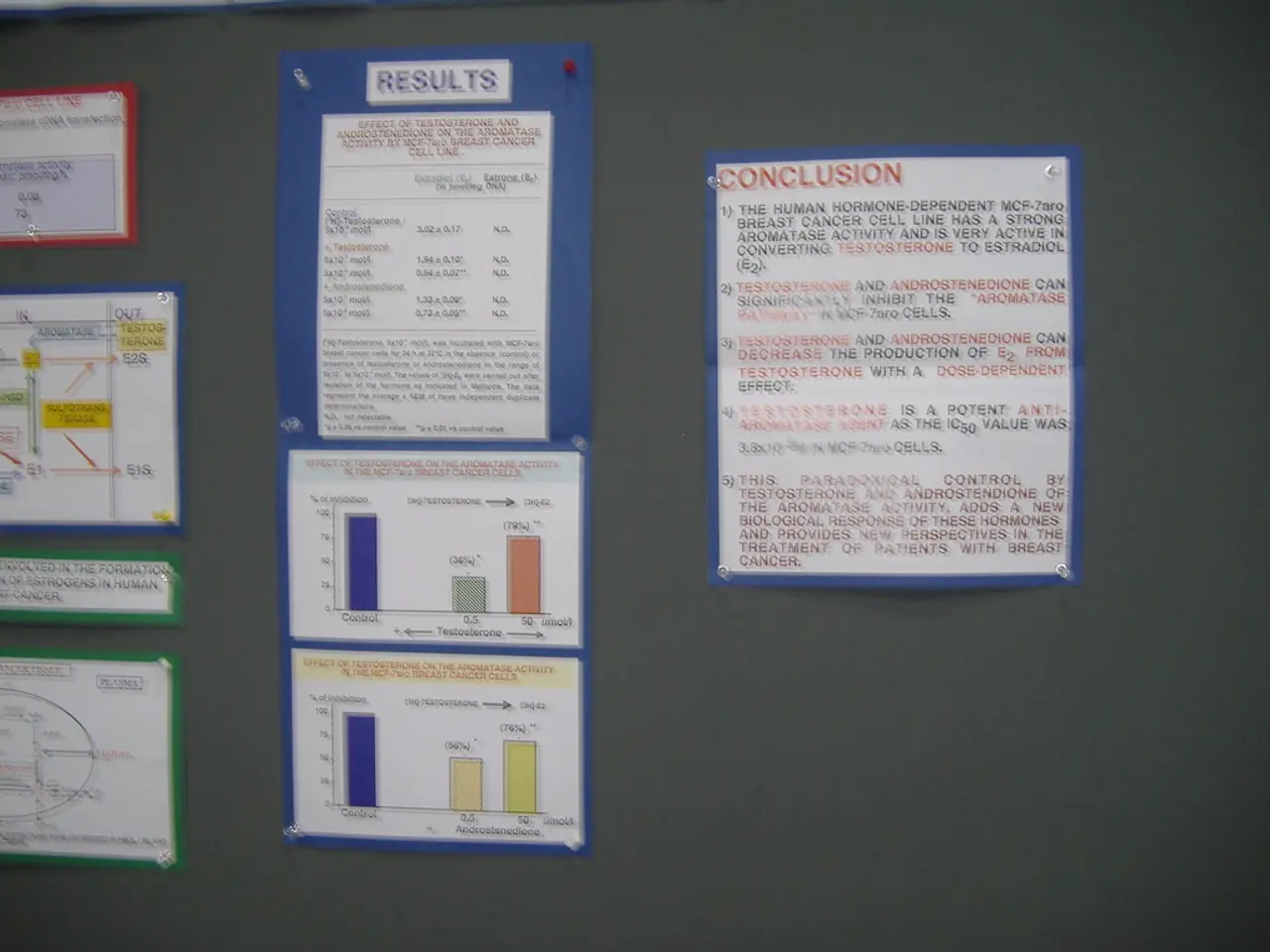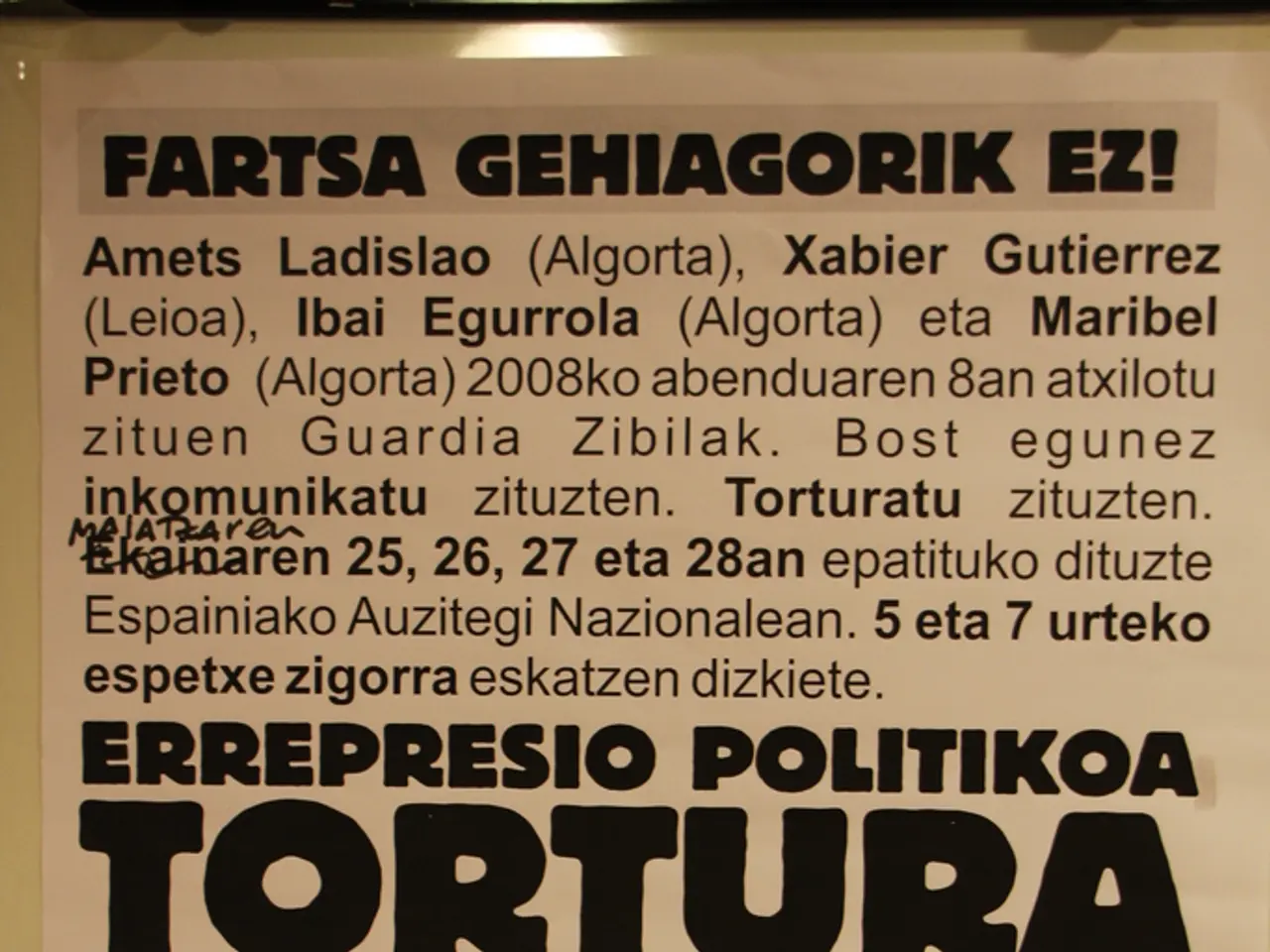U.S. Bancorp Discusses Outcomes of Dodd-Frank Act Stress Testing
U.S. Bancorp, one of the leading financial institutions in the United States, has announced its participation in the Dodd-Frank Act Stress Test (DFAST) and revealed the preliminary results of the test. According to the results, U.S. Bancorp's Stress Capital Buffer (SCB) for the period from October 1, 2025, to September 30, 2026, stands at 2.6 percent [1][2][3].
The SCB is an additional buffer added to the Basel III minimum Common Equity Tier 1 (CET1) capital requirement of 4.5 percent. This means that U.S. Bancorp must maintain a CET1 ratio of at least 7.1 percent during this period to be considered well-capitalized under regulatory standards [1][2].
The Federal Reserve is expected to finalize the SCB for all firms, including U.S. Bancorp, by August 31, 2025 [1][2][3]. As of March 31, 2025, U.S. Bancorp reported a CET1 ratio of 10.8 percent, well above the combined required minimum of 7.1 percent, indicating a strong capital position entering the stress test period [1][2].
Gunjan Kedia, President and CEO of U.S. Bancorp, has stated that the company remains prepared to manage potential industry stress and withstand a severe economic downturn [1]. This strong capital position supports the company’s plans to increase its quarterly dividend and continue share repurchases while maintaining regulatory compliance [1][2][3].
In summary, U.S. Bancorp's preliminary SCB is 2.6 percent for the period from October 1, 2025, through September 30, 2026. The Basel III CET1 minimum is 4.5 percent, resulting in a combined CET1 requirement of at least 7.1 percent that U.S. Bancorp must maintain to be considered well-capitalized. As of March 31, 2025, U.S. Bancorp reported a CET1 ratio of 10.8 percent, well above the combined required minimum. The SCB finalization for all firms, including U.S. Bancorp, is expected by August 31, 2025.
| Metric | Value | |-------------------------------|-------------------------------| | Preliminary Stress Capital Buffer (SCB) | 2.6% (for Oct 1, 2025–Sept 30, 2026) | | Basel III CET1 minimum | 4.5% | | Combined CET1 requirement (minimum + SCB) | 7.1% | | Actual CET1 ratio (as of March 31, 2025) | 10.8% | | SCB finalization expected | By August 31, 2025 |
[1] U.S. Bancorp Press Release, 2025 [2] Federal Reserve Press Release, 2025 [3] Dodd-Frank Wall Street Reform and Consumer Protection Act, 2010
The preliminary 2.6% Stress Capital Buffer (SCB) for U.S. Bancorp, a leading financial institution, reveals its business resilience under stress. Maintaining a CET1 ratio of at least 7.1% during the described period, as per the combined CET1 requirement, indicates the company's commitment to financial stability.




